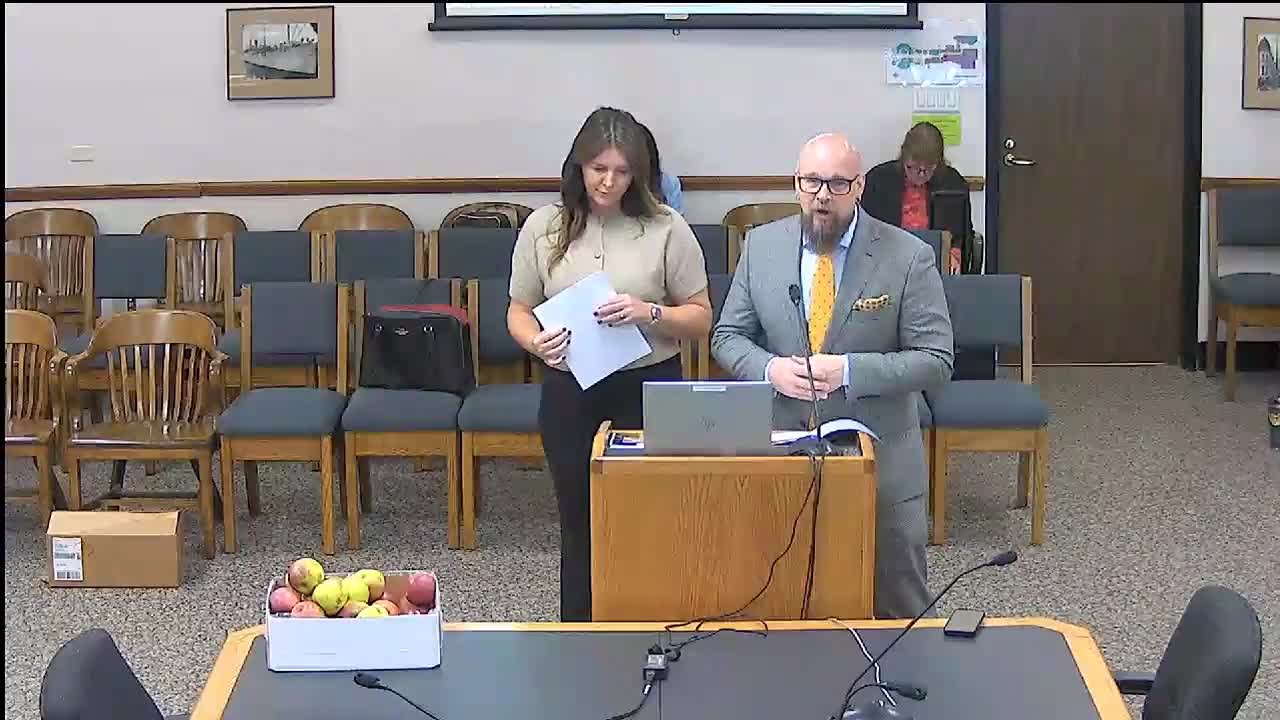North Dakota Task Force Reviews Child Abuse Prevention Strategies and Pilot Project Outcomes
September 30, 2025 | Legislative, North Dakota
This article was created by AI summarizing key points discussed. AI makes mistakes, so for full details and context, please refer to the video of the full meeting. Please report any errors so we can fix them. Report an error »

On September 30, 2025, the North Dakota Legislature convened the Protection and Victim Services Committee to discuss the final report of the Child Abuse Prevention Task Force, which has been active since 2017. The meeting highlighted the task force's efforts to develop a comprehensive strategy for preventing child abuse in the state, emphasizing the importance of primary prevention initiatives.
Lindsay Burkhart, the director of prevention initiatives at Families Flourish ND, presented the task force's findings, which revealed significant gaps in child abuse education across various organizations. A statewide survey indicated that over half of respondents did not provide child abuse education to children, staff, or volunteers, despite a strong consensus on its importance. This lack of education was attributed to barriers such as insufficient curriculum and discomfort surrounding the topic.
The task force's work included a pilot project in Richland County, funded by a $130,000 grant, which aimed to implement multi-level prevention strategies. The project successfully educated 387 children and trained 142 adults, demonstrating a measurable improvement in children's ability to identify trusted adults in their safety networks. However, the project also revealed persistent myths about child abuse within the community, underscoring the need for ongoing education and awareness.
The committee discussed the task force's recommendations for future actions, including the establishment of a statewide advisory committee to continue collaboration on child abuse prevention efforts. The task force also proposed legislative initiatives, such as grooming legislation, to address critical aspects of child abuse prevention.
As the meeting concluded, the committee members acknowledged the importance of sustained efforts in child abuse prevention, recognizing that real change requires long-term commitment and community involvement. The task force's work has laid a foundation for future initiatives, with plans to integrate emerging research and best practices into ongoing prevention strategies.
Lindsay Burkhart, the director of prevention initiatives at Families Flourish ND, presented the task force's findings, which revealed significant gaps in child abuse education across various organizations. A statewide survey indicated that over half of respondents did not provide child abuse education to children, staff, or volunteers, despite a strong consensus on its importance. This lack of education was attributed to barriers such as insufficient curriculum and discomfort surrounding the topic.
The task force's work included a pilot project in Richland County, funded by a $130,000 grant, which aimed to implement multi-level prevention strategies. The project successfully educated 387 children and trained 142 adults, demonstrating a measurable improvement in children's ability to identify trusted adults in their safety networks. However, the project also revealed persistent myths about child abuse within the community, underscoring the need for ongoing education and awareness.
The committee discussed the task force's recommendations for future actions, including the establishment of a statewide advisory committee to continue collaboration on child abuse prevention efforts. The task force also proposed legislative initiatives, such as grooming legislation, to address critical aspects of child abuse prevention.
As the meeting concluded, the committee members acknowledged the importance of sustained efforts in child abuse prevention, recognizing that real change requires long-term commitment and community involvement. The task force's work has laid a foundation for future initiatives, with plans to integrate emerging research and best practices into ongoing prevention strategies.
View full meeting
This article is based on a recent meeting—watch the full video and explore the complete transcript for deeper insights into the discussion.
View full meeting
